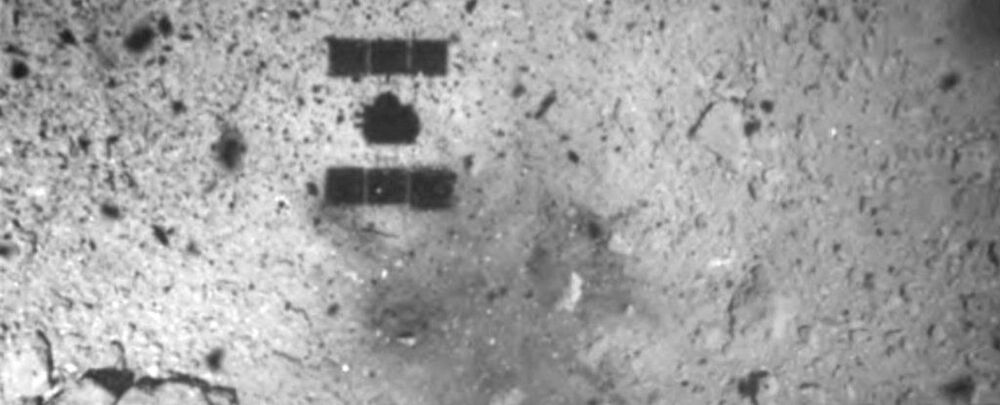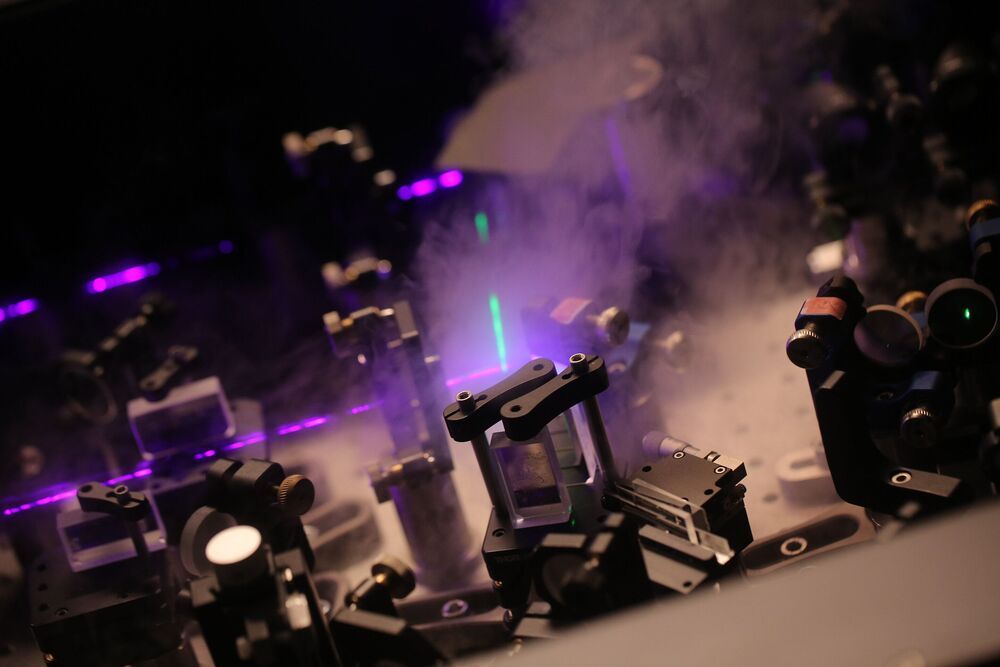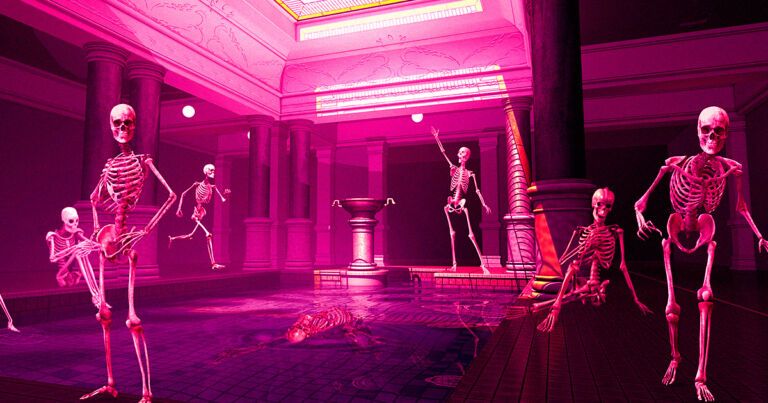Nov 23, 2020
Spacecraft With Precious Asteroid Cargo Is Almost Home After 5-Billion Km Trek
Posted by Quinn Sena in categories: habitats, space
In the dusty desert town of Woomera, in the South Australian desert, scientists are getting ready. On 6 December 2020, after six years in space, the Japan Aerospace Exploration Agency’s Hayabusa2 spacecraft will finally return to Earth.
It carries with it a cargo unbelievably rare, precious, and hard-won — at least 100 milligrams of material collected from the surface of asteroid Ryugu. It will drop the capsule containing the sample to Earth, the spacecraft itself continuing on to visit more asteroid targets.
Hayabusa2’s return will mark a milestone in a remarkable feat of space science, a total journey of around 5.24 billion kilometres (almost 3.3 billion miles). Asteroid Ryugu — formerly known as 1999 JU3 — is on an elliptical orbit that carries it just inside Earth’s orbital path around the Sun, and out almost as far as Mars’ orbit.


















